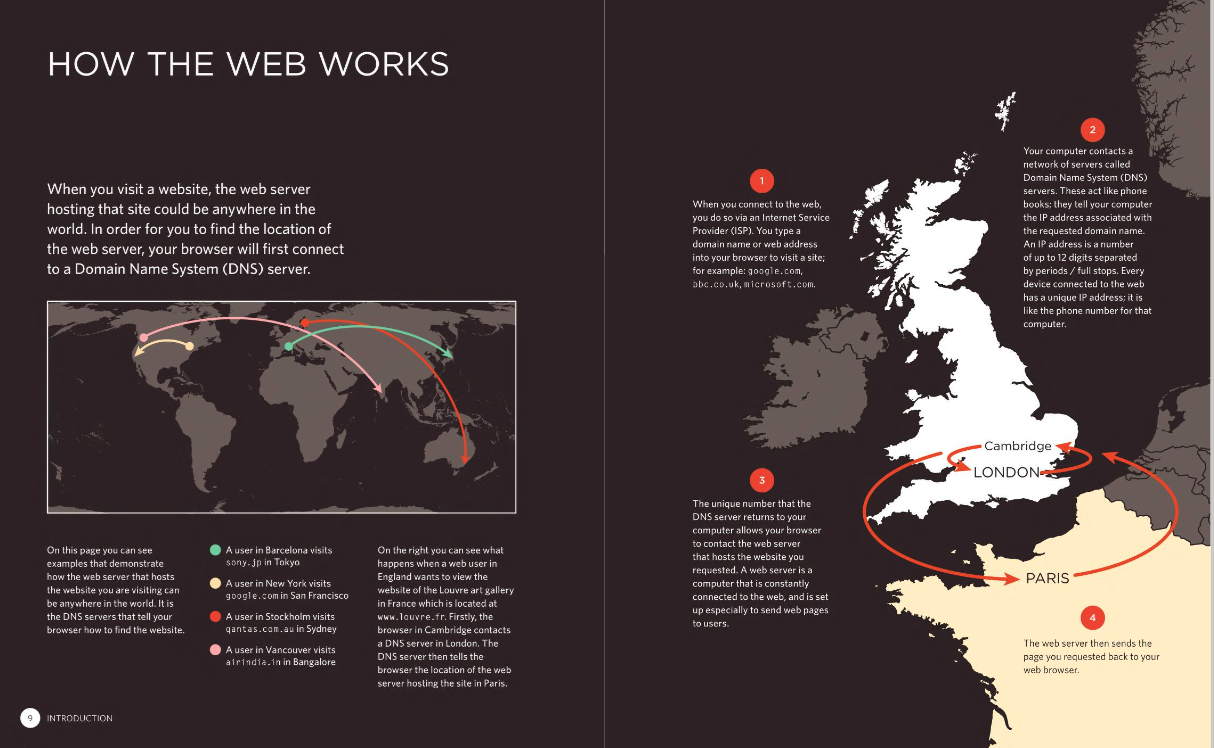Finding balance, The Web and HTML's Power
Despite my best efforts to consistently publish blog posts, I’ve found it challenging to maintain the required level of commitment. Opting for the latter, I’ve decided to write a post whenever inspiration strikes, sharing thoughts that hold personal meaning rather than aiming solely for a wide audience. Writing is an enjoyable endeavor for me, serving as a way to capture discoveries, experiences, and thoughts in a cohesive order.
In my current job, I predominantly work on backend applications with occasional forays into frontend development. Despite the shift, I still find joy in working on simple HTML and CSS projects. Recently, I stumbled upon a fascinating book by John Duckett in a charity shop, published in 2011. Despite its age, the book encapsulates fundamental web development knowledge in an aesthetically pleasing format.
Beyond its technical insights, the book has become a valuable visual aid, helping me understand how different elements fit into a webpage. It’s not just about the technicalities; the book has inspired me to appreciate the artistry in web development. Although I often turn to search engines for quick answers, there’s a unique satisfaction in slowing down and leafing through a physical book.
Speaking of which, let me delve into the book’s influence on my work. The way it’s structured has not only enriched my technical understanding but also provided a visual framework for organizing elements on a page. This, coupled with the nostalgia of using a tangible resource, has added a unique layer to my learning experience.
HTML, a language I consider powerful, has granted countless individuals the ability to express themselves on the vast canvas of the internet. Despite the ongoing debate about whether HTML is a programming language, its significance in enabling digital expression cannot be overstated. As I continue my journey in web development, I find solace in the simplicity and potency of HTML, a language that empowers creativity on the worldwide web.
Here are two examples from the book:


I just discovered - from an account I follow on Mastodon - that in Japan you can find magazines whose subjects are Yakuza families and it looks like the average Japanese salary man enjoys them quite a lot as a way to escape the day to day life - scroll to find the link to the article.
Things I like - in random order
I love the snow and my backyard looks beautiful with it.
This is a picture I took during the last snowstorm

Today’s Links
The strange world of Yakuza fan magazines
Every day performance for Ruby Developers
mruby 3.3.0 has been released and supports the Nintendo Wii
The Apple Macintosh turned 40 this past January, here is Mr. Macintosh
The writer goes to an annual tech conference and he left with mixed feelings The Cult of AI
The Sega AI Computer was released in 1986. The company promised that natural language processing was available through their Prolog interpreter.